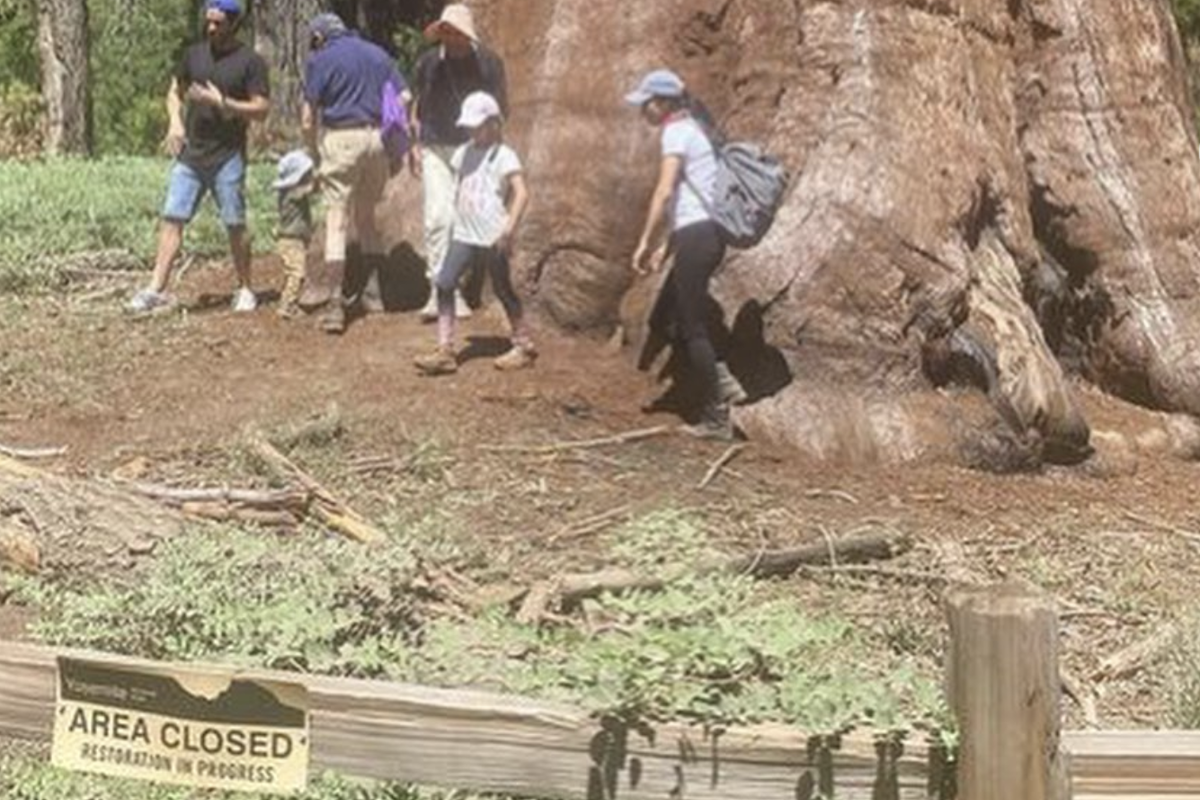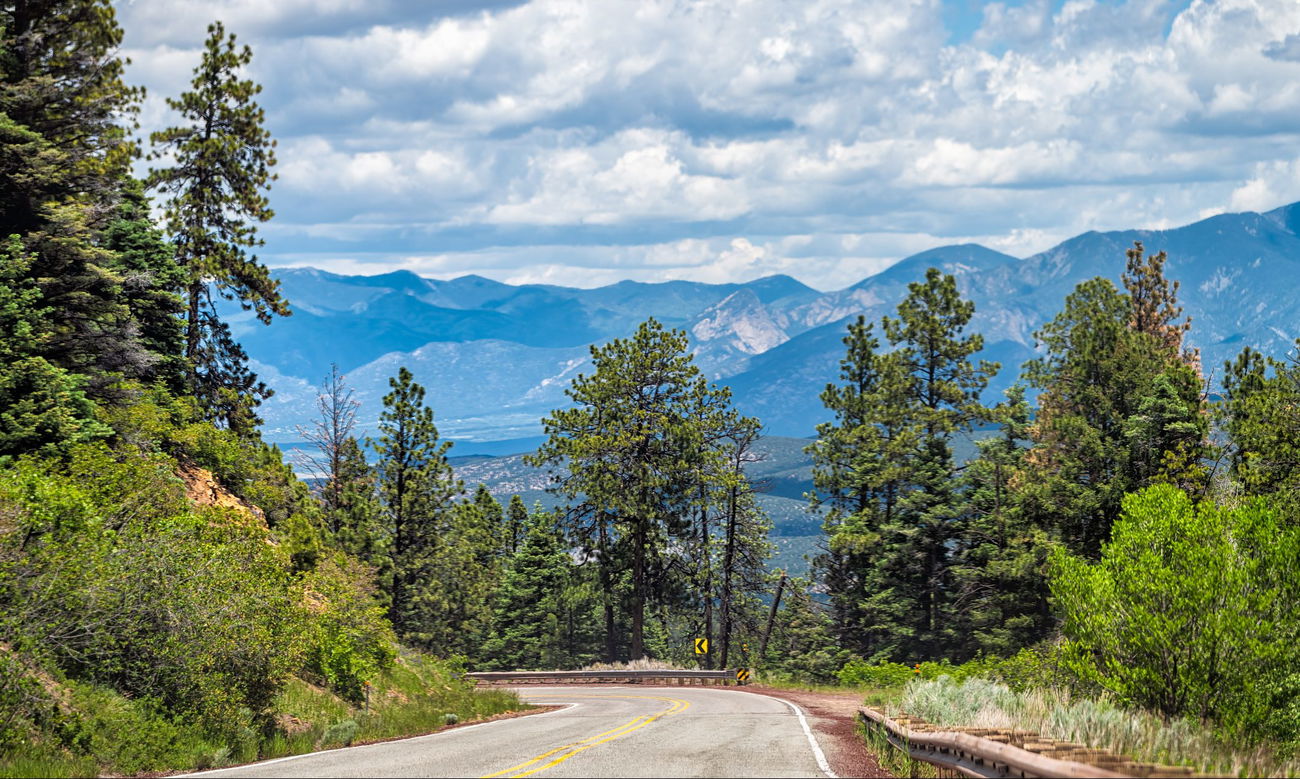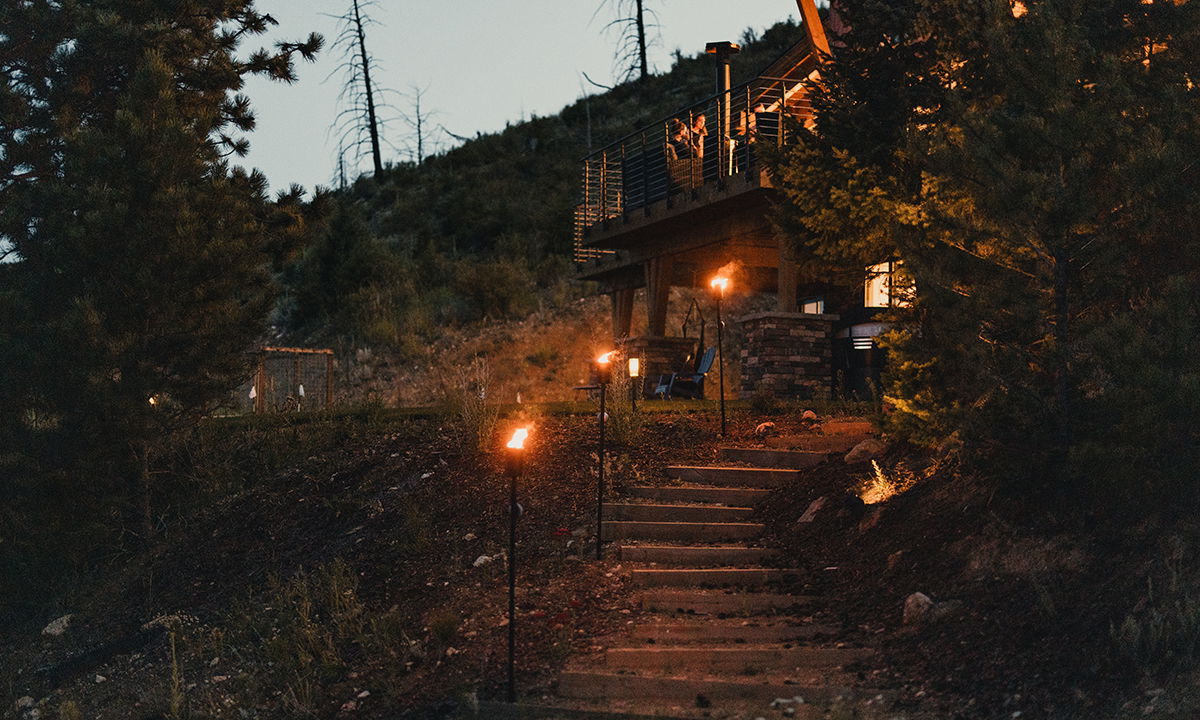High-up mountain adventures are tons of fun—but if altitude sickness hits you, things can go downhill real quick.
Videos by Outdoors
Altitude sickness happens because at higher elevation, there’s less air pressure and less oxygen (O2) available for us to breathe. The amount of oxygen in the air and, therefore, the amount of oxygen we can breathe is what supplies our tissues and cells with life-sustaining O2. Less oxygen up high means there’s less oxygen available to our tissues—something that becomes even more pronounced when we’re working hard and attempting to climb a mountain, says Shannon Sovndal, MD, an emergency medicine specialist in Boulder, CO who sees a lot of altitude issues in his patients.

There are different types of high-altitude illness (HAI) that come with varying levels of incapacitation, including acute mountain sickness, high-altitude cerebral edema, and, more concerningly, high-altitude pulmonary edema. Cases can range from mild to life-threatening.
Not everyone experiences HAI, but for those who do, symptoms like nausea, dizziness and headaches usually start 8 to 24 hours after meeting or exceeding 3,000 meters of altitude (that’s 9,843 feet).
“The symptoms may be more pronounced with exercise, but can also occur when you are just a tourist at altitude,” Dr. Sovndal adds. And the closer to sea level you live (or have been at recently), the more likely you are to feel the effects.
The good news: If you’re headed on an adventure up high, there are steps you can take to minimize your chances of feeling the effects. And if you start to feel altitude sickness symptoms, there are ways to treat it.
How to avoid altitude sickness
Allow yourself time to acclimate
If you’re flying into Colorado to hike a 14er or you’re heading to the Sierra Mountains for a weekend of adventures, allow yourself time to be at altitude a bit before you start exerting energy. “Acclimatization involves a complex and not-completely-understood physiological response to the decreased pressure and oxygenation,” Dr. Sovndal explains.
Acclimatization can take minutes or it can take weeks. “The best strategy is gradual and staged ascent,” he adds. Once you reach 3000 meters (9843 ft), if possible, allow yourself a few days before you head up to higher elevation.
Sleep at altitude before you go higher
If you’re on a multi-day, high-elevation trip, both Dr. Sovndal and the CDC advise that once you are above an elevation of 9,000 feet, don’t go up more than 1,600 feet per day. Sleeping at that new altitude gives your body time to acclimatize before you head up further and decrease availble oxygen again.

Skip the booze
Don’t drink alcohol for the first 48 hours after arriving at elevation above 8,000 feet, the CDC advises. The effects of altitude—dizziness, lightheadedness, fatigue, nausea—feel very similar to intoxication and can amplify any symptoms you’re having.
Hydrate
Dehydration can make symptoms of altitude sickness way worse, so it’s important to stay hydrated—especially if you’re exerting energy in the mountains. Consider adding electrolyte tablets to your water, as some people find this helps stave off the symptoms.
Keep an eye out for symptoms
Mild symptoms of altitude sickness usually feel like a bad hangover, Dr. Sovndal explains—headache, nausea, dizziness, fatigue and shortness of breath. More severe symptoms include difficulty breathing, chest tightness, confusion and lack of coordination.
In rare cases, altitude sickness can lead to life-threatening conditions such as cerebral edema and pulmonary edema.
How to handle altitude sickness
Stop ascending
The first thing you should do if you start to experience any of the above is to stay where you are and stop rising in elevation. The higher you go, the less oxygen you’re providing to your body which will, at the least, not make your symptoms better.
Stop where you are and rest. If you’re on an overnight trip, make camp at the altitude you’re at currently. Sometimes rest and hydration are enough to help ease mild symptoms, Dr. Sovndal adds.
Know when to head back down
If you have more pronounced symptoms—difficulty breathing, chest tightness, confusion, lack of coordination—or symptoms that aren’t getting better with rest and sleep, head back down to a lower altitude. Only descend if you have someone with you and can do so safely.

Use supplemental oxygen or medication if available
Some big expeditions will carry supplemental oxygen or steroids which can help with symptoms of altitude sickness, so ask around within your group or those nearby. What doesn’t help: Canned oxygen, like you might see for sale at a gas station. It doesn’t provide enough oxygen at a high-enough concentration to actually make a difference.
Know when to call for help
If you or someone in your group is exhibiting signs of serious altitude sickness or isn’t getting better after a few days of rest and isn’t able to descend safely, call Mountain Rescue for help.









